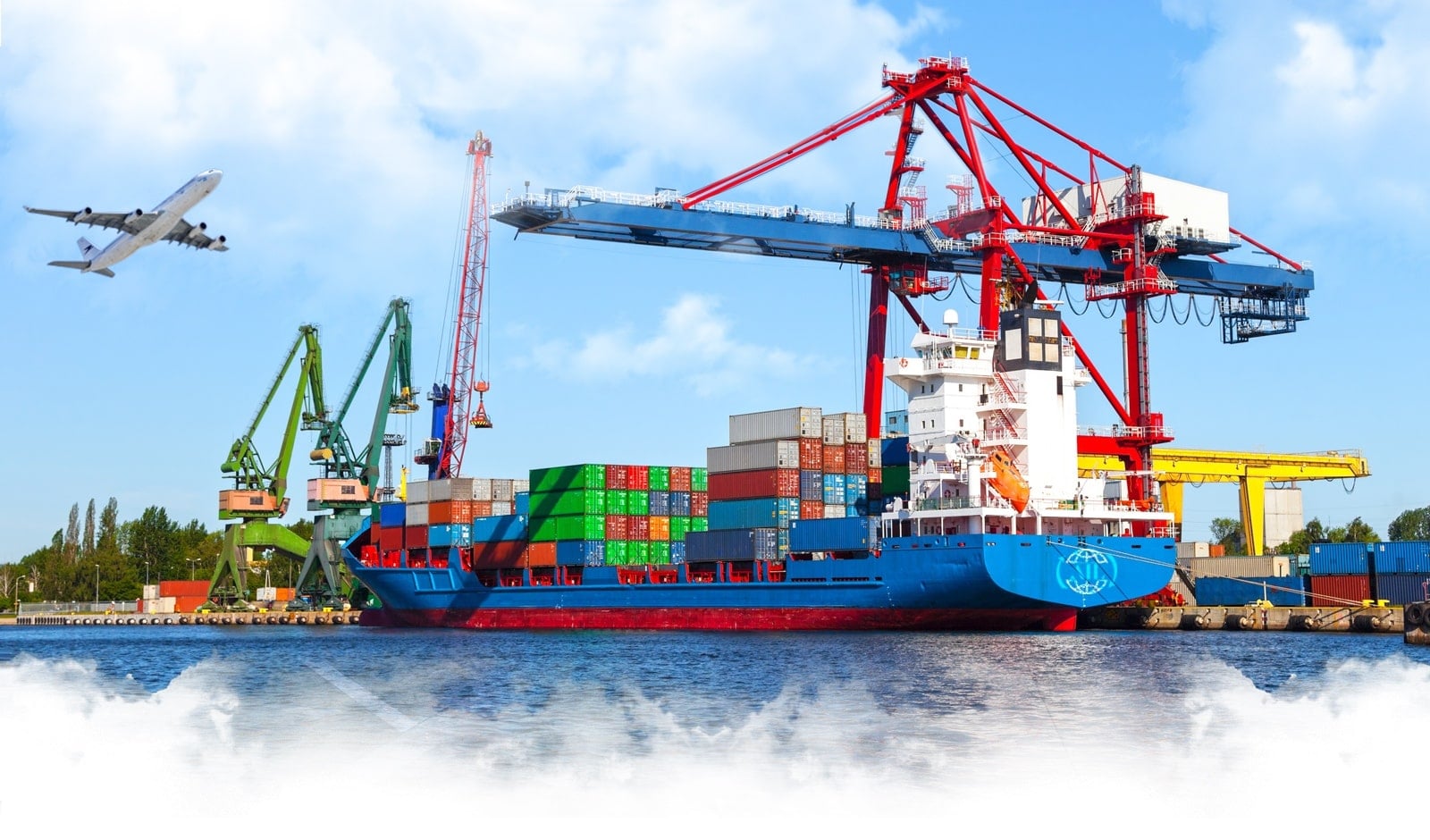



Article by: Hari Yellina
Despite growing freight prices and aggravating supply chain delays, regional and farm-based manufacturing companies are more concentrated on growth and expansion than their city-based counterparts. Regional engineering, processing, and equipment manufacturing industries are “operating at a significantly faster clip” than many of their rivals overseas, thanks to a bullish agribusiness mood fueled by good farm commodity prices and a two-year turnaround in the climate variations. “We know the Australian economy has been one of the more robust performers during the COVID pandemic, but local business performance has often led the charge inside that success narrative,” Commonwealth Bank of Australia agriculture boss Paul Fowler said.
“We’re seeing extremely solid financial outcomes across our regional business banking portfolio,” he said, “despite supply chain interruptions limiting many businesses’ ability to maximise manufacturing alternatives and keep up with demand.” Mr Fowler, who recently took over as CBA’s executive general manager of agribusiness and regional banking, said that 72% of the bank’s non-metropolitan manufacturer customers had investment growth goals and plans to extend their customer base in 2022. That was significantly ahead of the 64 percent with a city-based growth strategy. Manufacturing, on the other hand, was extraordinarily healthy across Australia and on the verge of a new development phase.
According to the bank, 58 percent of respondents to a manufacturing insights research expected revenue to increase in the coming year, 72 percent planned to spend more on technology, and 42 percent planned to hire more people than in the previous two years. Machinery, automotive, and transportation sector companies had the second best revenue results in the previous year, trailing only medical and healthcare sector companies, while food and beverage processors had the third highest growth emphasis, trailing only medical and clean energy sector companies. While supplier costs and production constraints caused by the coronavirus pandemic had a negative impact on manufacturing operations, 84 percent of manufacturers stated they had adjusted successfully to the challenges and opportunities that had arisen in the last two years.
Surprisingly, smaller businesses with annual sales of $5 million to $20 million have proven to be the sector’s second most resilient segment. Mr Fowler noted that many regional workshops have invested in new equipment and technology, allowing them to extend their product line. To adjust their supply chains to the “new normal,” they worked closely with suppliers and new partners. Farmers were also investing in new equipment after being well rewarded by good pricing and considerably improved seasonal circumstances since early 2020, putting pressure on them to respond to robust demand.
“We’re also seeing more on-shore manufacturing being taken on by local enterprises that have witnessed repeated disruptions in component supply from China or elsewhere and are now searching for ways to fill the gaps themselves,” he said. It’s a multi-year tale, but there’s certainly a lot of new thinking going on, including a strong desire to invest in new technologies to improve productivity, energy efficiency, and financial performance.